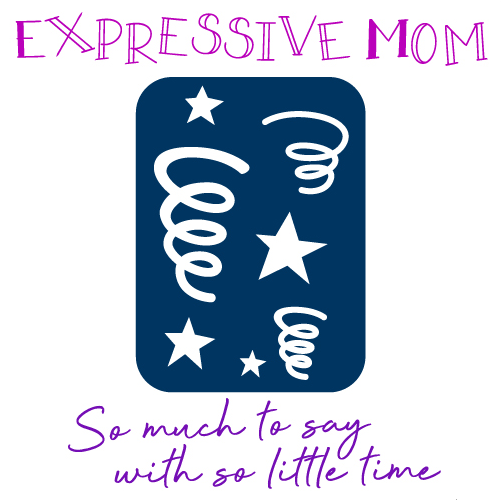Today’s teachers understand that every student is an individual, and therefore, they have to personalize the learning experience for all students in their classroom. Educational experts have long known that there are seven distinct learning styles, but teachers are always uncovering new strategies that they can use for each learning style.
Our guide will introduce you to the seven different learning styles and provide you with information about the best teaching strategies to use for each one:
Visual Learners
Visual learners retain information best when visual aids are available. Teachers have found that using phrases, such as “Picture this” or “Show me how you would solve this problem,” help visual learners mentally form a picture in their mind of the topic that is being presented to them.
Aural Learners
Aural learners are sometimes referred to as auditory or musical learners, and they absorb information better through sound. In order to appeal to aural learners, teachers can incorporate sound effects into their lectures. For example, if talking about a specific animal, teachers could play a recording of the noise that the animal makes.
Verbal Learners
Students who are verbal learners understand information best when it is presented in written or spoken words. One teaching strategy that is very effective for verbal learners is allowing time for students to read their material out loud. Verbal learners are often strong public speakers, and they will connect with the information better when they read it and speak it simultaneously.
Physical Learners
Sometimes called tactile learners, physical learners grasp concepts best when there are opportunities for hands-on learning or movement. Movement breaks help them reset their minds, and role-playing experiences often allow them to better understand the new material.
Logical Learners
Logical learners love to analyze data, and they use reasoning in order to comprehend the material that is being presented to them. Also referred to as mathematical learners, this learning type benefits from experiences that include opportunities for problem-solving and critical thinking.
Intrapersonal Learners
Intrapersonal, or solitary, learners prefer to work alone, and they do best when they have time to themselves to work on their assignments. One teaching strategy that appeals to this group of learners is to offer opportunities to track progress over the course of an assignment or project. Intrapersonal learners are often self-motivated, goal-oriented, and focused on results.
Social (Interpersonal) Learners
Interpersonal learners are social learners who enjoy interacting with others and learn best in a group setting. In addition to group activities and partnership assignments, teachers can personalize the learning experience for interpersonal learners by providing opportunities for them to share stories with the class.
By differentiating the learning experience for each child based on learning style, teachers can have a significant impact on the educational experience of every student. They can connect with students in a way that feels comfortable to them, and in a way that helps them better process the information. The strategy of personalizing learning for students allows them to have a more positive experience in school.
Graphic created by Graduation Source.



Connect With Me !